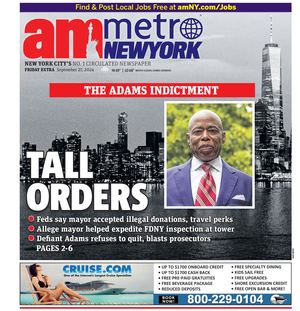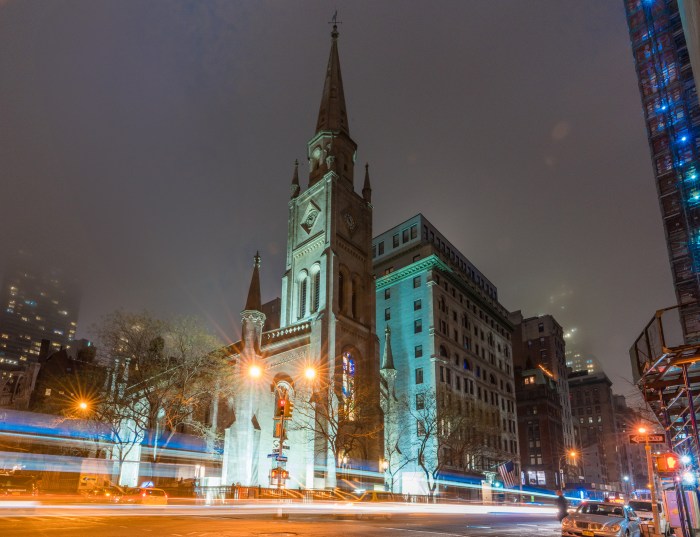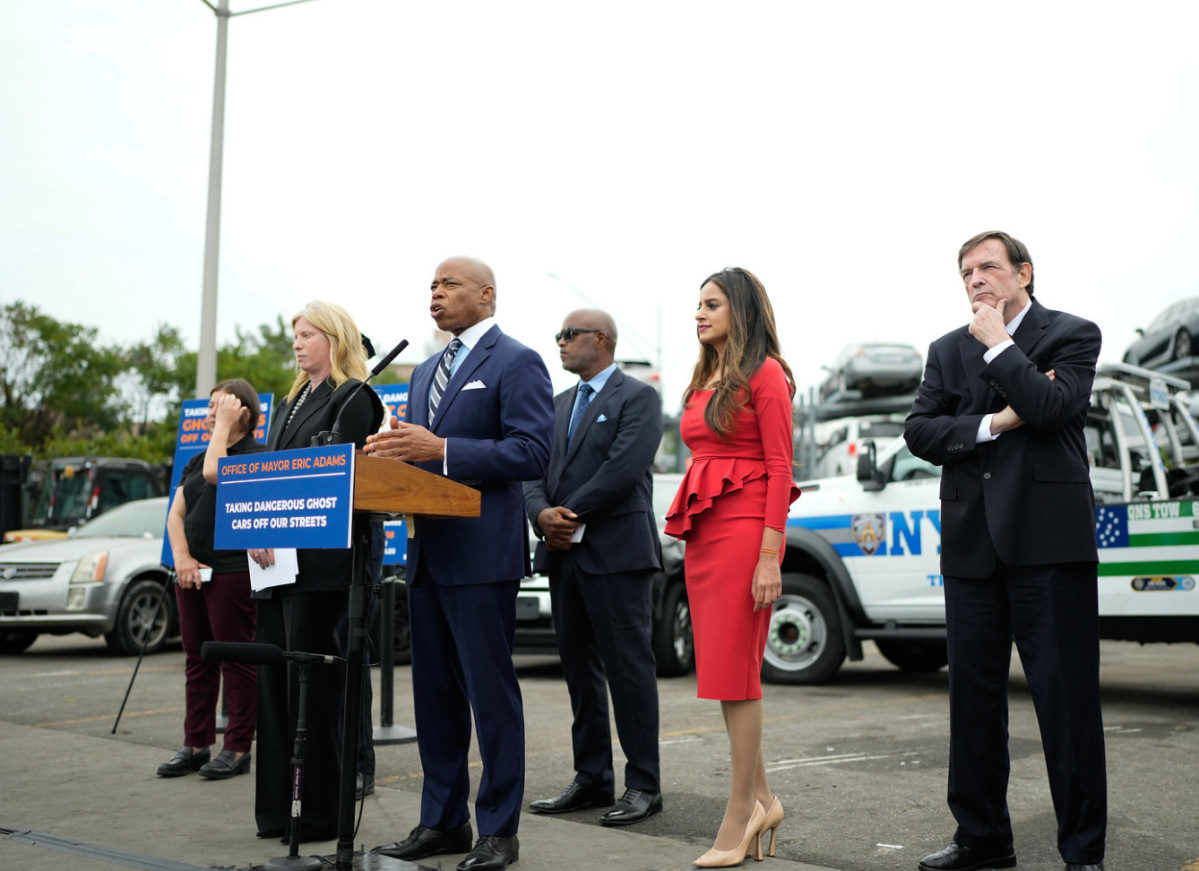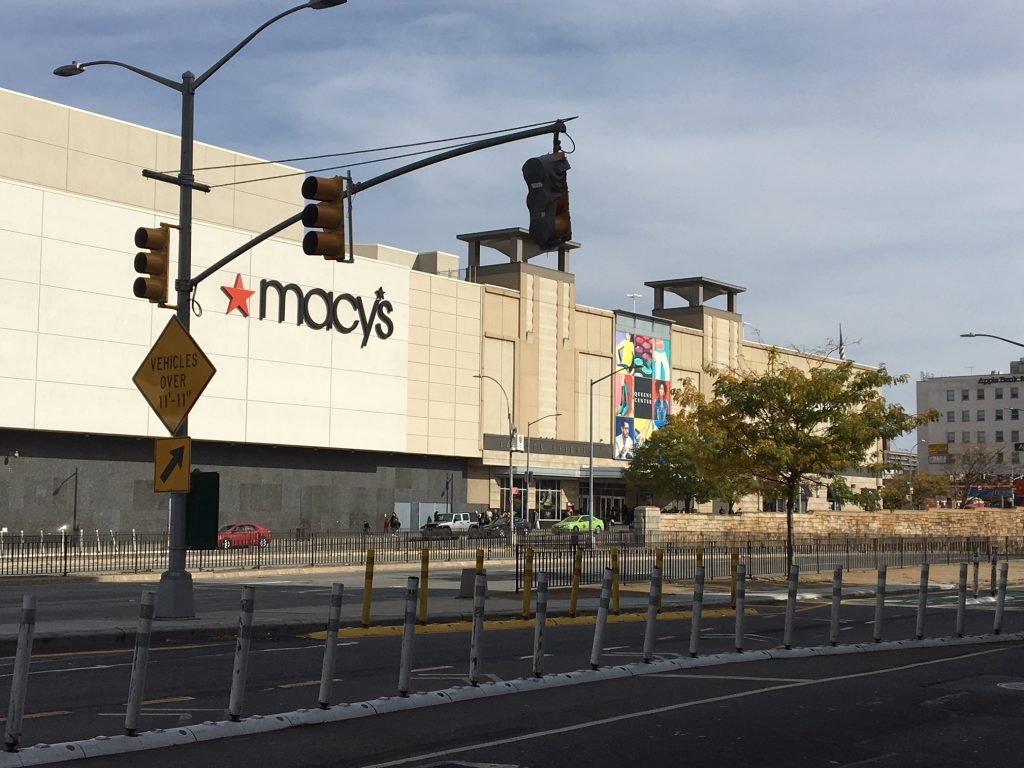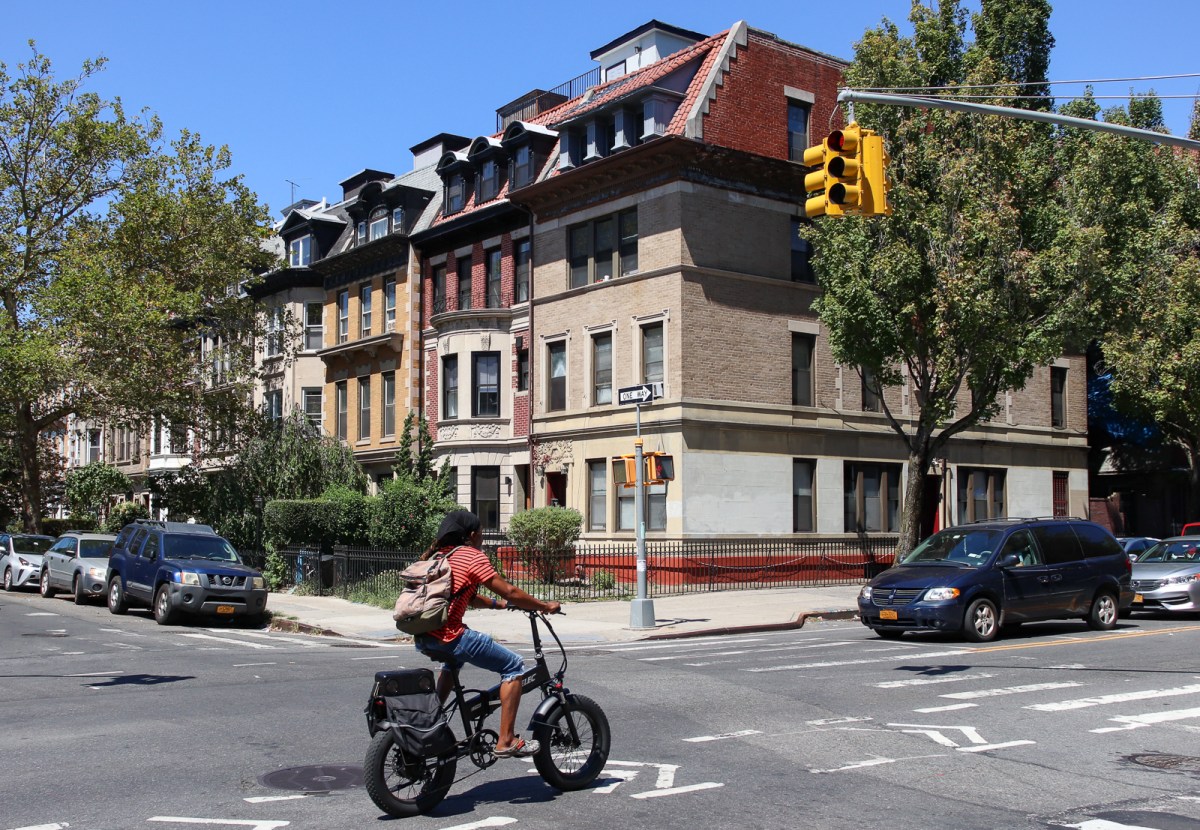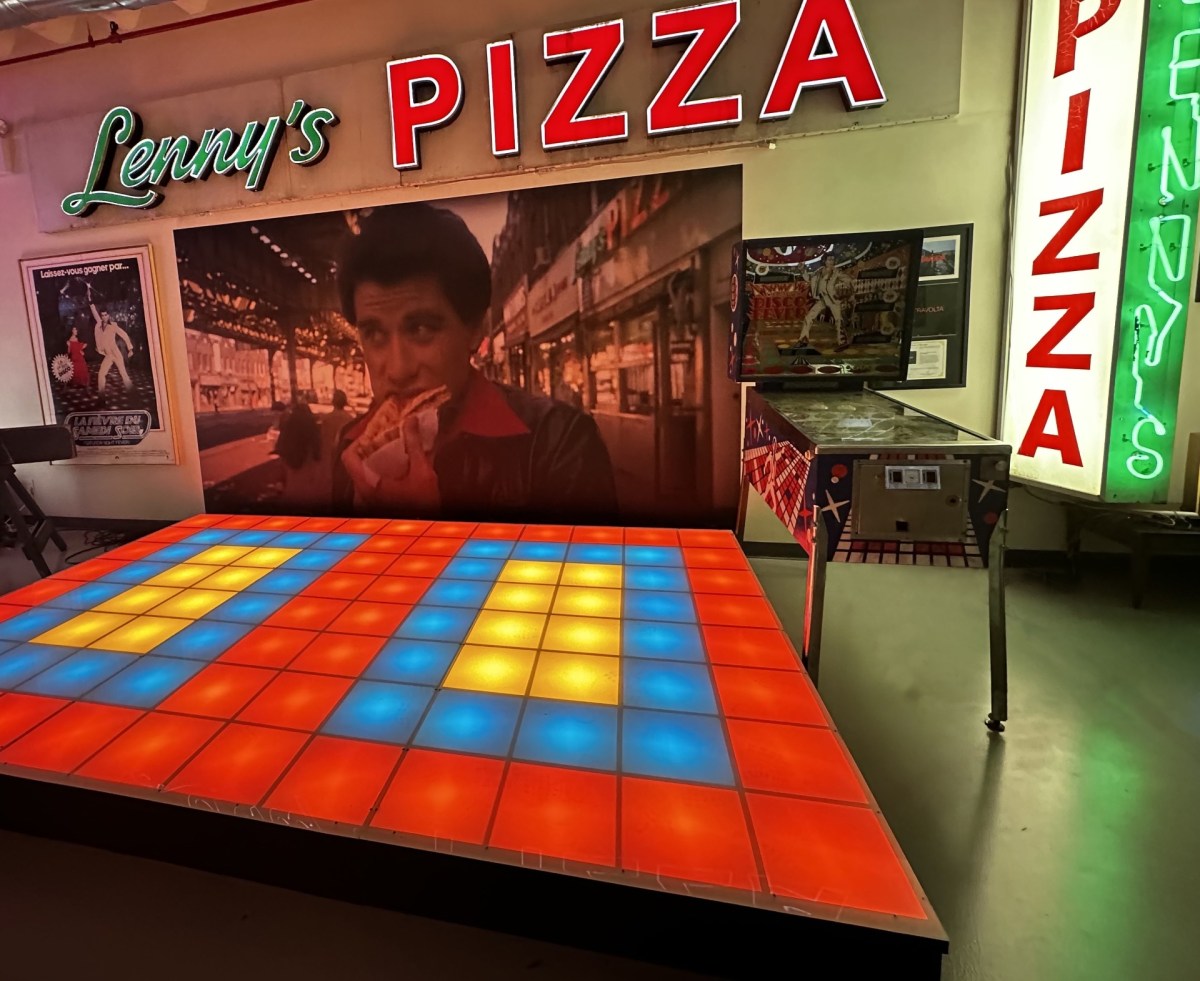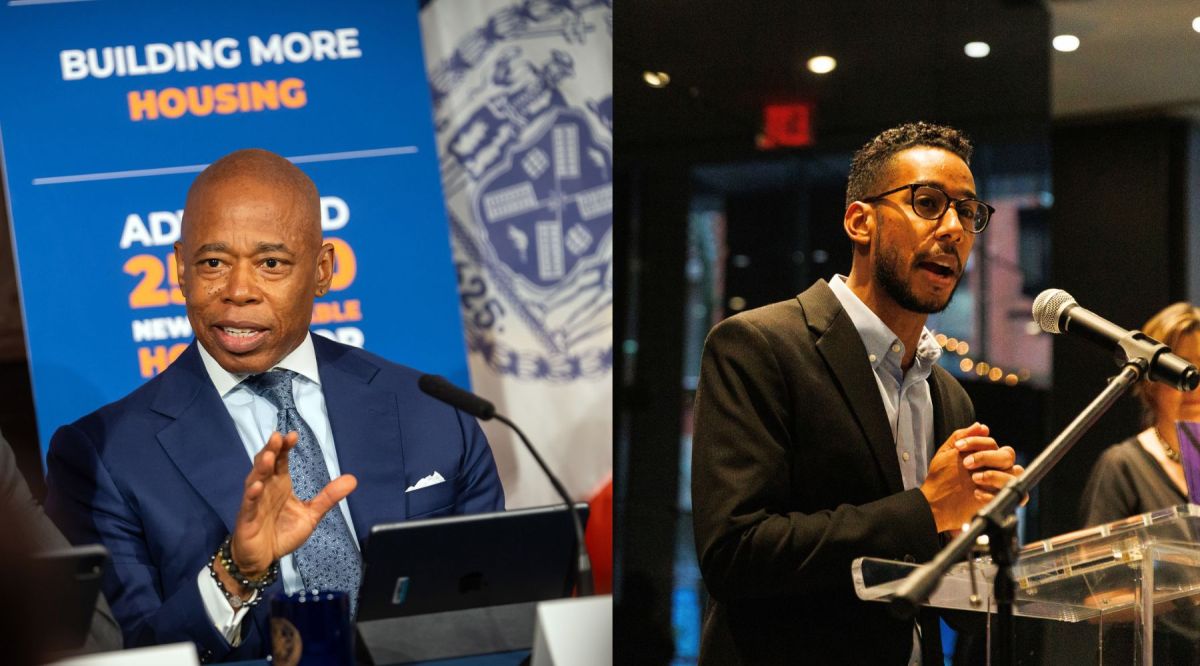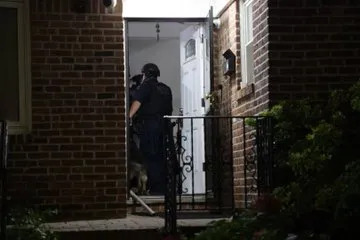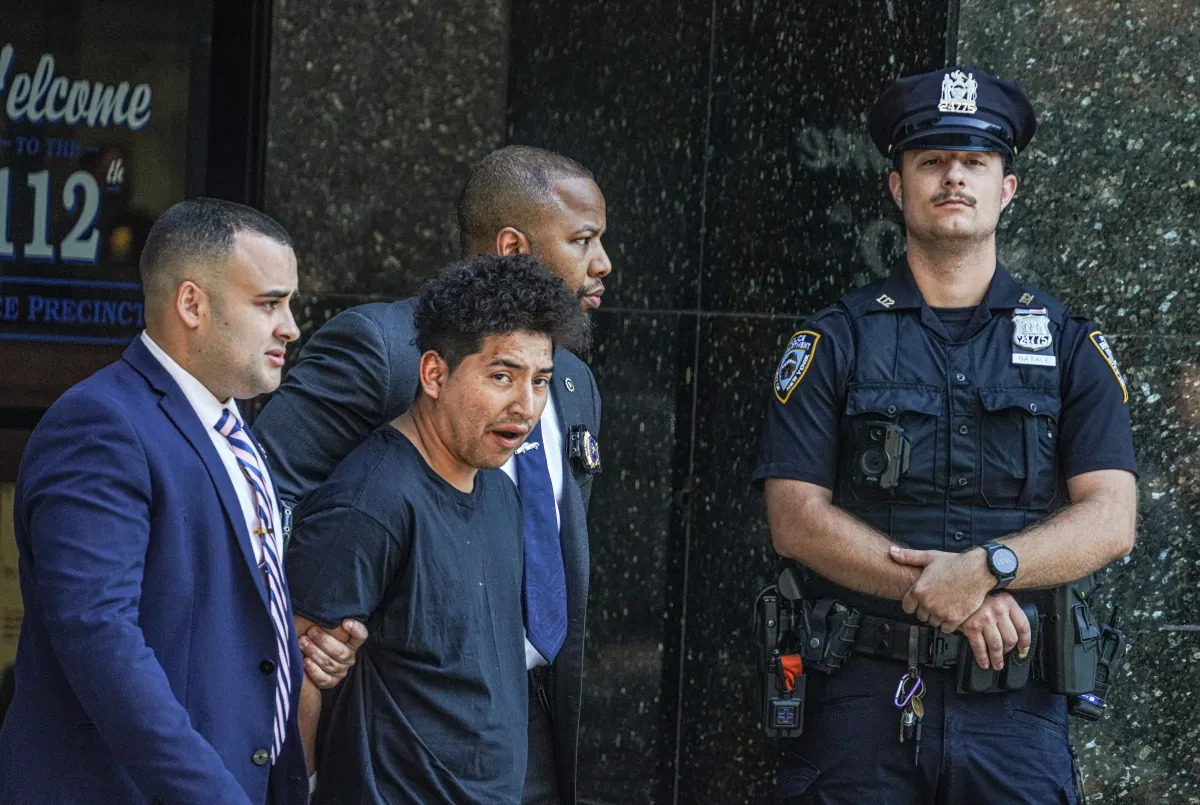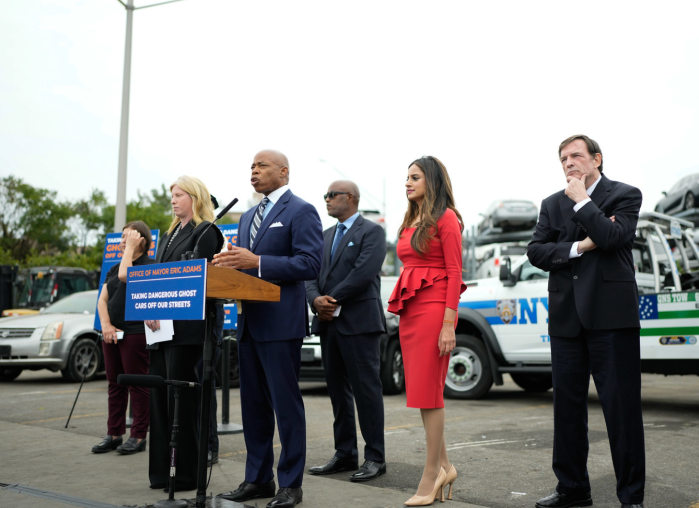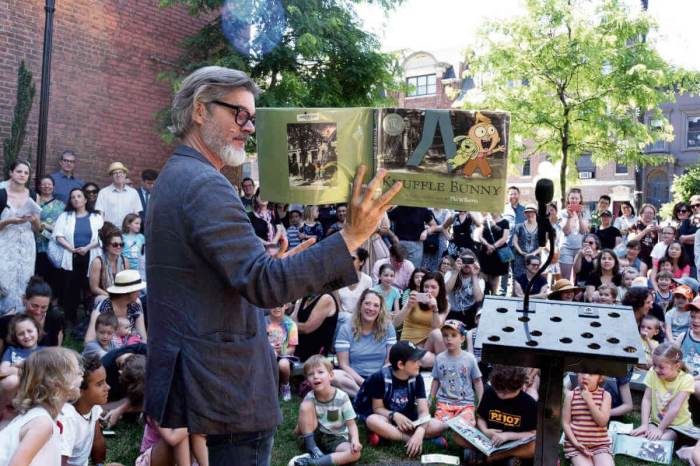By Patrick Hedlund
Volume 21, Number 27 | The Newspaper of Lower Manhattan | November 14 -20, 2008
Mixed Use
Retail reeling
Retail rents fell along some of Downtown’s major commercial corridors over the past year as prices slipped across the board for Manhattan retail space, according to a fall report by the Real Estate Board of New York.
In Soho, on Broadway between Houston and Broome Sts., the average price per square foot dropped nearly 14 percent — to $432 in September 2008 from $501 a year earlier.
In the Financial District, on Broadway between Chambers St. and Battery Park, the average price fell more than 16 percent — to $251 in 2008 from $301 a year prior.
However, along the Tribeca corridor, on Hudson St. between Chambers and Canal Sts., the average price went up 60 percent — to $120 in 2008 from $75 a year ago.
The Downtown area — counting all the retail corridors south of 14th St.—posted nearly 1 percent growth to $110 per square foot on average, led in large part by gains in Tribeca.
The report showed that the average asking rent for all available retail space in Manhattan was $129 per square foot — 3 percent lower than a year ago.
Overall, Downtown accounted for 19.3 percent of Manhattan’s total retail operations, or 21.2 million square feet.
Trump tops off
After a tumultuous year of death and construction, the folks behind the Trump Soho condo-hotel announced this week that the 43-story luxury project had officially made its last concrete pour.
“We are thrilled that Trump SoHo has topped off,” said Donald Trump in a prepared statement Monday regarding the milestone expected nearly a year ago, before a series of accidents, including the death of a construction worker at the site in January, stalled progress over most of this year. “As the area’s tallest building, it has unparalled [sic] panoramic views of the New York City skyline including the Hudson River, Statue of Liberty and Empire State Building.”
Throughout 2008 the project weathered a storm of city-mandated stop-work orders, community lawsuits and structural damage, subsequently constructing one more floor to the chagrin of local advocates.
“Now that the structure is complete, we will focus on installing the rest of the facade finishes, and completion of the interior work through the winter,” said Alex Sapir, president of the Sapir Organization, a co-developer of the project. “We are pleased with the steady construction progress and anticipate that the building will be delivered to both owners and guests by the fall of 2009.”
M.T.A. taking its toll
A proposal is being considered to add tolls to the four bridges spanning the East River into Manhattan as a way to generate revenue for the cash-strapped Metropolitan Transportation Authority.
The plan — to charge drivers using the Brooklyn, Manhattan, Williamsburg and 59th St. bridges — could reportedly raise up to $1 billion for the M.T.A., which is currently facing a capital budget gap of about $14 billion. A state commission appointed by Gov. David Paterson is mulling the idea as a way to address long-term solutions for the shortfall, with recommendations expected next month.
The city currently charges a $5 toll for drivers using other Manhattan access points, including the M.T.A.-owned Brooklyn-Battery and Queens-Midtown tunnels. The four free bridges, however, are owned by the city and would require both the city and state’s approval to enact tolls there.
Lower Manhattan Councilmember Alan Gerson explained that he would be in favor of such a move as it relates to easing traffic congestion, but not as a primary way to bail out the M.T.A of its also large operating budget gap of about $1 billion.
“That’s what tripped us up and got us into trouble with the congestion pricing debacle,” Gerson said, referring to the failed plan’s fuzziness about the money. He added he’d also like to see the implementation of a commuter tax, and that after speaking with Mayor Michael Bloomberg about transportation initiatives on Tuesday, Hizzoner agreed that any funds generated from tolling should not be used to fund the M.T.A.’s operating budget.
“I think from the conversation with the mayor, it’s clear we’re going to be working together to figure this out,” Gerson added. “With Canal St., with other parts of Lower Manhattan, we have a severe congestion problem that we have to deal with.”
mixeduse@communitymediallc.com
